Mineração de criptomoedas é o processo de participação na validação de redes blockchain usando equipamentos de computação para ganhar recompensas em moedas digitais. Mineradores ASIC (Application-Specific Integrated Circuit Miners) são dispositivos de alto desempenho especialmente projetados para minerar criptomoedas baseadas em algoritmos específicos, como o Bitcoin. Para iniciantes, usar mineradores ASIC para minerar as principais criptomoedas envolve entender tudo, desde a seleção do dispositivo e configuração do pool até a manutenção de rotina e gerenciamento de riscos. Este guia oferece uma introdução abrangente e prática para ajudar novos mineradores a começar rapidamente e evitar armadilhas comuns.
1. Como escolher um minerador ASIC
Escolher o minerador certo é o primeiro passo para uma mineração bem-sucedida. Iniciantes devem considerar seu orçamento, custos de eletricidade e moeda-alvo ao selecionar um minerador ASIC. Para moedas importantes como o Bitcoin, que usa o algoritmo SHA-256, os mineradores ASIC são a única opção eficiente. Marcas e modelos populares incluem a série Antminer da Bitmain, o Whatsminer da MicroBT e os mineradores Avalon da Canaan.
Os principais fatores a serem comparados incluem:
-
Taxa de hash (TH/s) – Trilhões de hashes por segundo
-
Consumo de energia (W)
-
Eficiência energética (J/TH) – Joules por terahash, quanto menor, melhor
-
Preço e confiabilidade
| Modelo (Marca) | Taxa de hash (TH/s) | Potência (W) | Eficiência (J/TH) | Características e usuários ideais |
|---|
| Antminer S19j Pro (Bitmain) | 100 | 2950 | 29,5 | Modelo 2021, usado e acessível, ideal para iniciantes com orçamento limitado |
| Antminer S19k Pro (Bitmain) | 120 | 2760 | 23 | Modelo 2023, mais eficiente que o anterior, bom custo-benefício |
| Antminer S21 Pro (Bitmain) | 234 | 3510 | 15 | Carro-chefe de 2024, maior taxa de hash e eficiência, ideal para profissionais |
| Whatsminer M50S (MicroBT) | 126 | 3276 | 26 | Modelo estável de 2022 com chip de 5 nm, ideal para residências/pequenas fazendas |
| Whatsminer M60S (MicroBT) | 180 | 3441 | 18,5 | Modelo final de 2023, refrigeração a ar de alta eficiência |
| Avalon A1366/A1566 (Canaã) | 185 | 3681 | 19,9 | Carro-chefe de 2024 da Avalon, forte desempenho e boa reputação da marca |
Observação: Menor J/TH significa maior eficiência. Mineradores de alta eficiência consomem menos energia para a mesma taxa de hash, permitindo lucratividade com preços de moedas mais baixos ou maior dificuldade.
Se o orçamento permitir, escolha modelos mais novos com melhor eficiência energética. No entanto, unidades mais novas são caras e fornecidas principalmente para grandes fazendas. Modelos mais antigos no mercado de segunda mão são mais acessíveis para iniciantes.
Insights da marca:
-
Antminers da Bitmain: domínio do mercado, amplo suporte.
-
MicroBT Whatsminers: conhecidos pela durabilidade e desempenho.
-
Canaan Avalon: pioneira na fabricação de ASICs, alcançando desempenho.
-
Outros: Ebit (Ebang), Innosilicon (para moedas de nicho).
Lembrete de compatibilidade: certifique-se de que seu minerador seja compatível com o algoritmo da moeda-alvo. Por exemplo, Bitcoin e Bitcoin Cash usam SHA-256; Litecoin requer ASICs Scrypt, como o Antminer L7. O Ethereum mudou para proof-of-stake em 2022, portanto, não é mais minerável.
2. Escolhendo e Configurando um Pool de Mineração
Pools de mineração permitem que os mineradores trabalhem juntos e compartilhem recompensas. Isso reduz a volatilidade da renda e garante pagamentos estáveis, mesmo com baixa taxa de hash.
Critérios principais:
-
Reputação e tamanho : escolha pools confiáveis e de longa data, como F2Pool, AntPool, ViaBTC, BTC.com, Slush Pool, Binance Pool.
-
Estrutura de taxas : Os pools cobram de 1 a 3% e usam métodos de pagamento como:
-
PPS (Pagamento por Ação)
-
FPPS (PPS + taxas de transação)
-
PPLNS (com base em ações válidas recentes)
-
Iniciantes devem usar PPS ou FPPS para ganhos estáveis.
-
Latência e localização : escolha um pool com servidores geograficamente próximos para reduzir o atraso da rede.
-
Pagamento mínimo : selecione pools com limites de retirada baixos para acesso mais rápido aos ganhos.
Etapas de configuração:
-
Registre-se ou obtenha o endereço do minerador : registre uma conta no site do pool ou use o endereço da sua carteira.
-
Obter URL do pool : consulte a documentação de ajuda para endereços de servidores.
-
Configurar o minerador : insira a URL do pool, o nome do trabalhador e a senha na interface do minerador.
-
Salvar e reiniciar : Após aplicar as configurações, reinicie o minerador para iniciar a mineração.
Verifique o status online do minerador e o gráfico de hashrate no painel do pool.
3. Configuração e otimização do software Miner

A configuração adequada garante uma mineração estável.
Passos:
-
Acesse a interface do minerador : conecte o minerador à sua LAN, encontre seu IP por meio de ferramentas de roteador/DHCP e faça login usando o navegador. Altere a senha padrão.
-
Atualizações de firmware : Baixe o firmware mais recente do site oficial e atualize pelo painel da web.
-
Configurações do pool : preencha os detalhes do pool principal e de backup.
-
Configurações de rede : Alterne para IP estático para melhor gerenciamento e atribua gateway/DNS adequado.
-
Modos de desempenho : ajuste entre “baixo consumo de energia”, “normal” ou “alto desempenho” de acordo com suas necessidades.
-
Firmware de terceiros (por exemplo, Braiins OS, LuxOS): pode aumentar a eficiência, mas pode anular a garantia.
-
Segurança : Use VPN ou métodos seguros para acesso remoto. Evite o encaminhamento de portas. Monitore a temperatura e o tempo de atividade com painéis ou aplicativos da piscina.
4. Gerenciamento de calor, configuração de energia e dicas de eficiência
(1) Resfriamento:
-
Ambiente : Temperatura ideal: 20–30°C, temperatura do chip: 70–80°C. Use ventiladores, dutos ou até mesmo ar-condicionado para resfriar.
-
Limpeza de poeira : limpe os ventiladores e dissipadores de calor a cada 1–2 meses.
-
Redução de ruído : mineradores são barulhentos (~75 dB). Use caixas à prova de som ou realoque-as para garagens/varandas.
-
Resfriamento por imersão : eficaz, mas caro; não recomendado para iniciantes.
(2) Gerenciamento de energia:
-
Voltagem e tomadas : Use plugues de 220 V de alta classificação e evite sobrecarga.
-
Segurança elétrica : instale disjuntores, protetores contra raios ou até mesmo configurações de energia industrial para grandes fazendas.
-
Eletricidade de pico/fora de pico : opere os mineradores mais durante os horários de menor demanda.
-
Implantação dinâmica : priorize mineradores eficientes em condições de baixo lucro.
-
Reutilização de calor : explore o aquecimento de água, estufas ou salas usando o calor do minerador.
5. Gestão de Riscos e Avaliação de Rentabilidade
Principais riscos:
-
Volatilidade de preços : observe os mercados e venda periodicamente para cobrir custos.
-
Dificuldade da rede : Aumenta com o tempo. Cortes pela metade reduzem as recompensas por bloco (último em 2024).
-
Cálculo do ROI : use calculadoras de mineração para estimar os ganhos e o tempo de equilíbrio.
-
Falha de hardware : Ventiladores e chips podem apresentar problemas. Mantenha boa ventilação e voltagem.
-
Questões legais : conheça as leis locais — a mineração é restrita na China continental, mas permitida em algumas regiões, como Taiwan.
-
Golpes e roubos :
-
Evite esquemas obscuros de “mineração em nuvem”.
-
Tenha cuidado com mineradores de segunda mão.
-
Use firmware oficial e carteiras seguras com 2FA.
-
6. Continue aprendendo e use os recursos da comunidade
Recomendações:
-
Documentação oficial : leia os manuais dos mineradores e os centros de ajuda dos pools.
-
Sites de notícias : mantenha-se atualizado via CoinDesk, CoinTelegraph, Baidu Baike, Jinse, etc.
-
Comunidades : Participe de fóruns como BitcoinTalk, r/BitcoinMining do Reddit ou fóruns chineses.
-
Mídias sociais : siga influenciadores de mineração no YouTube, Weibo, Bilibili.
-
Ferramentas :
-
Calculadoras de lucro (por exemplo, WhatToMine, ASICMinerValue)
-
Painéis de mineração (BTC.com, Blockchain.com)
-
Insights de dados (Índice de Hashrate)
-
Comece pequeno, monitore as estatísticas e expanda gradualmente. Aprenda com a prática e adapte-se às mudanças do mercado.

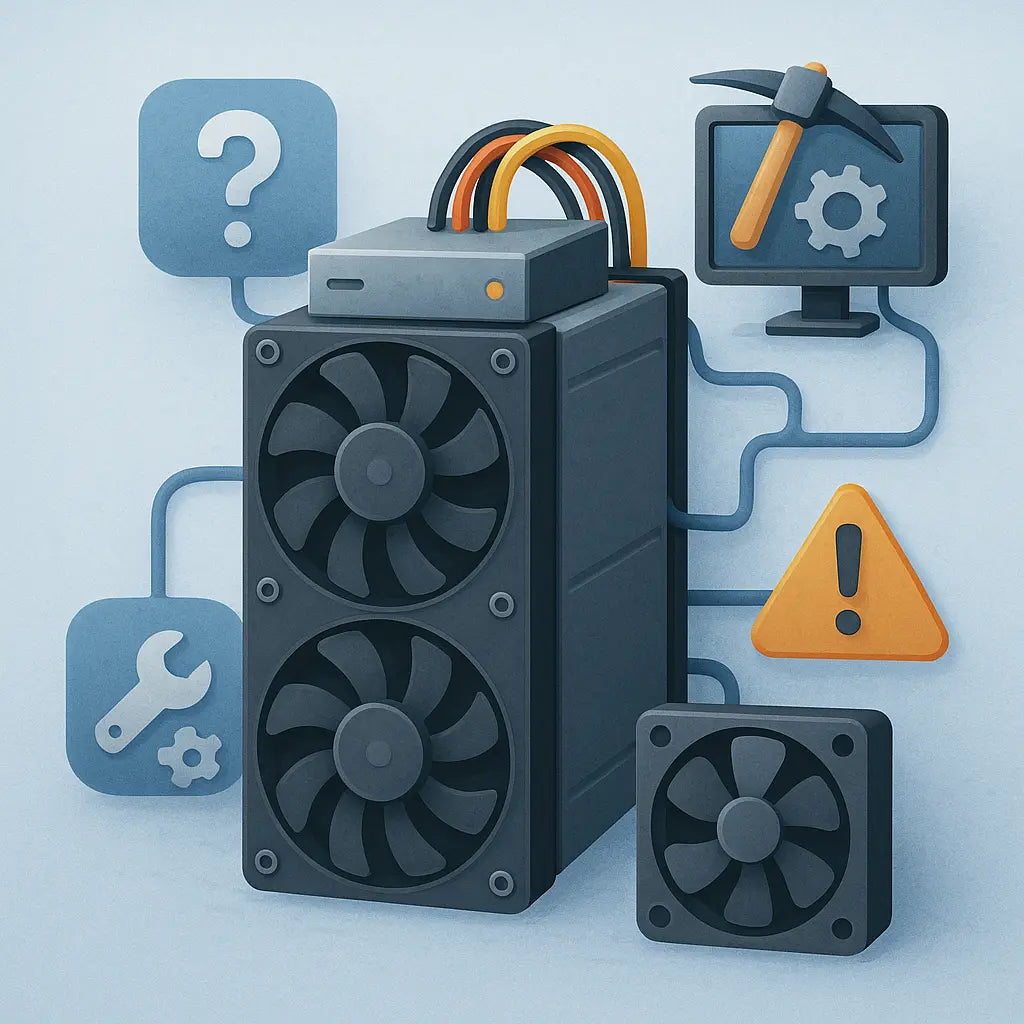



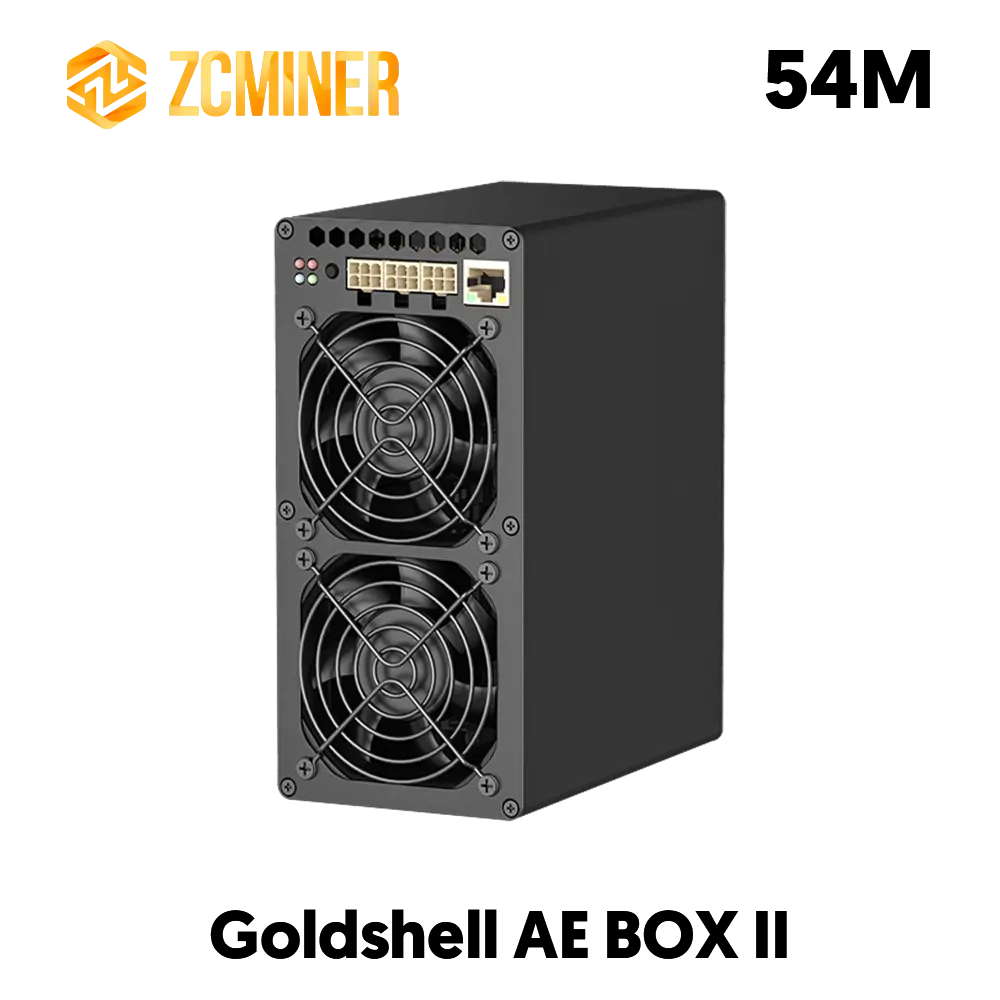
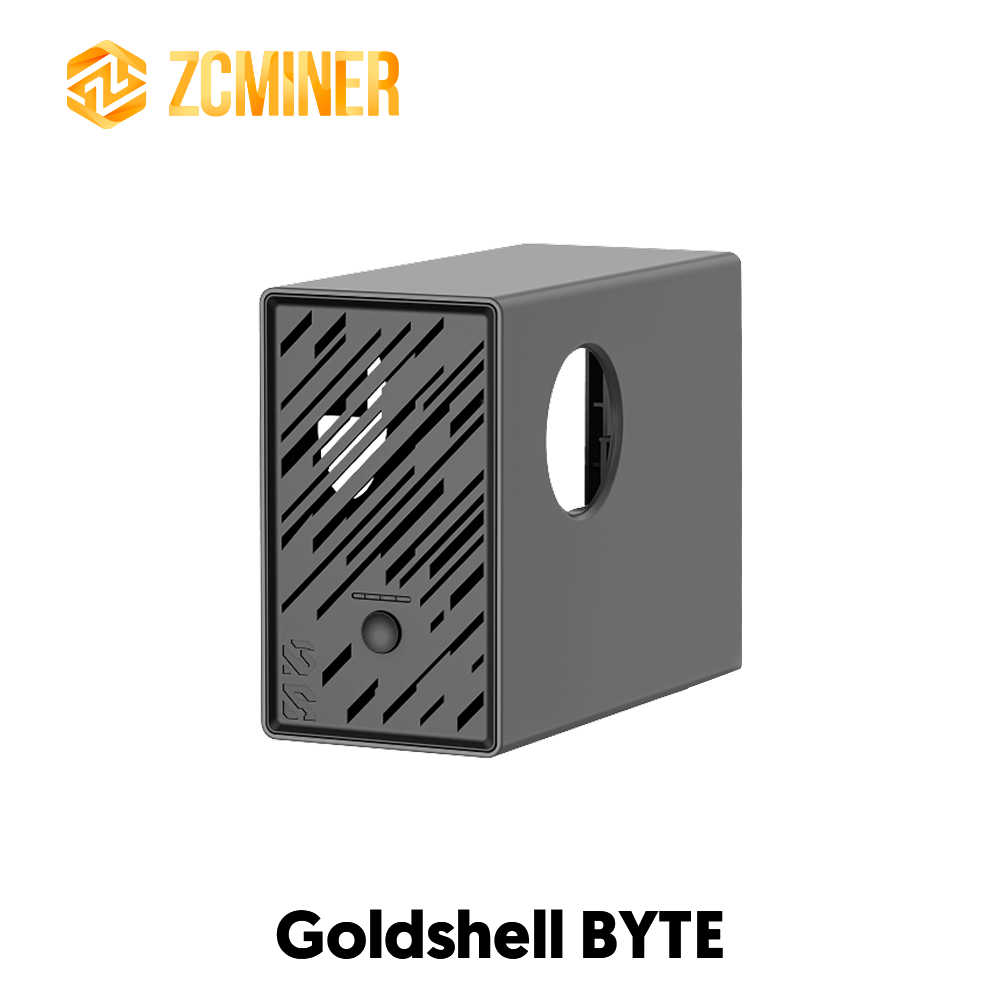
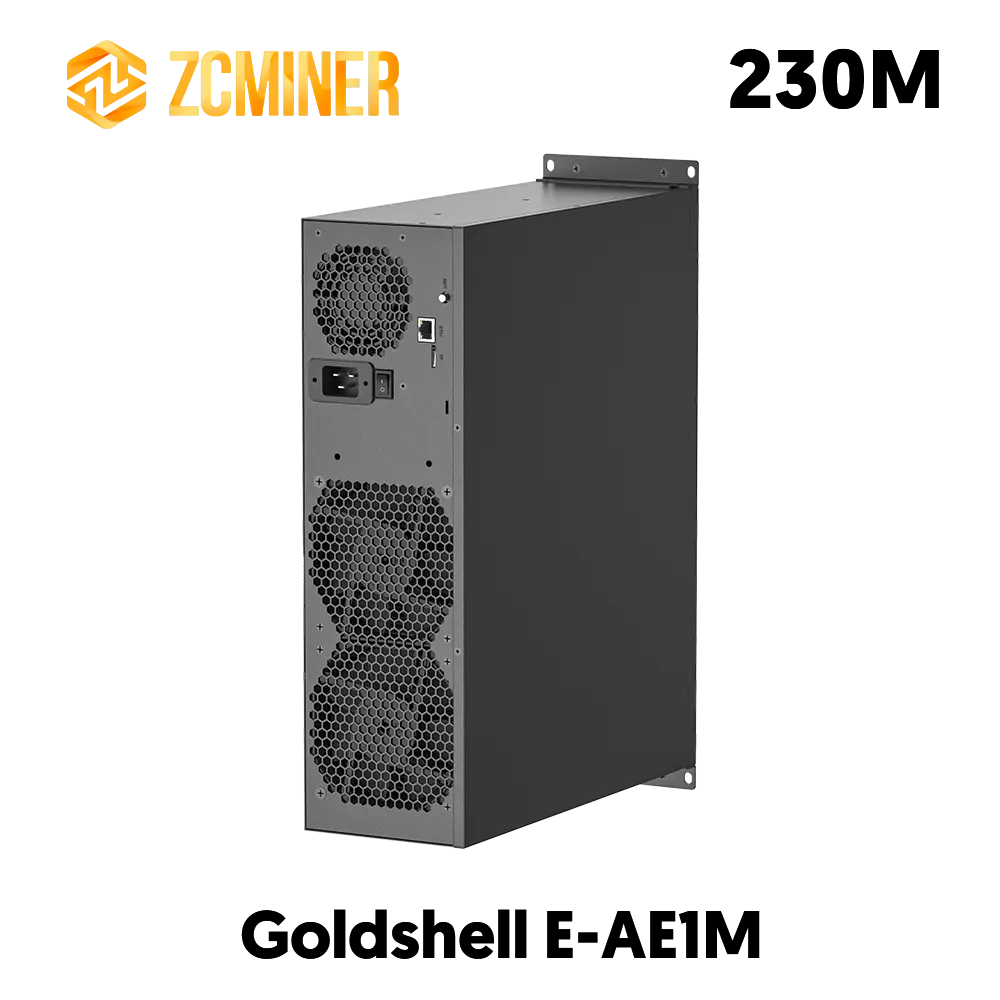
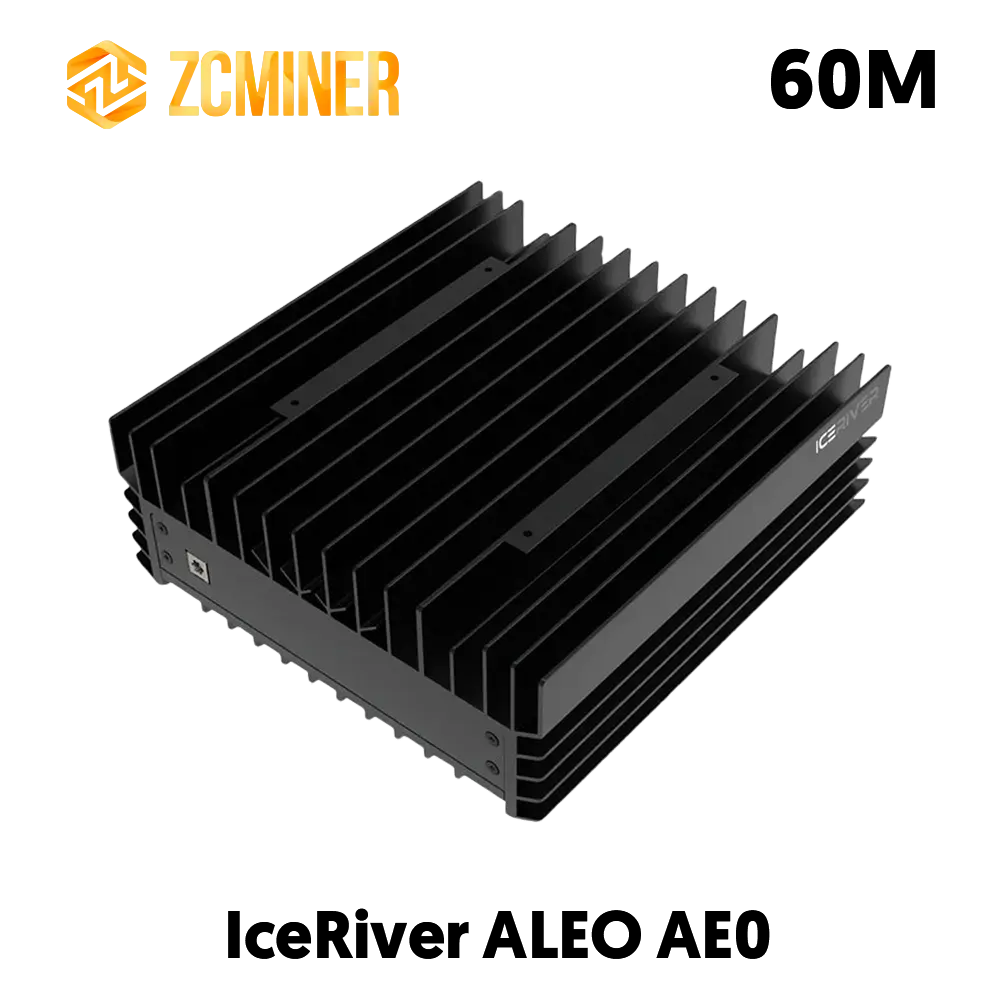


Deixar comentário
Este site é protegido por hCaptcha e a Política de privacidade e os Termos de serviço do hCaptcha se aplicam.